Integrating ABA for Lasting Positive Change
In modern educational environments, promoting positive student behavior is essential for fostering safe, inclusive, and effective learning spaces. Applied Behavior Analysis (ABA), a scientific approach grounded in the understanding of behavior and learning, has emerged as a cornerstone in developing systematic strategies that support both individual and school-wide behavioral improvements. This article explores how ABA principles and techniques are being effectively utilized in schools to enhance student outcomes, create positive classroom environments, and build sustainable behavioral support systems.
Fundamental Principles and Concepts of ABA
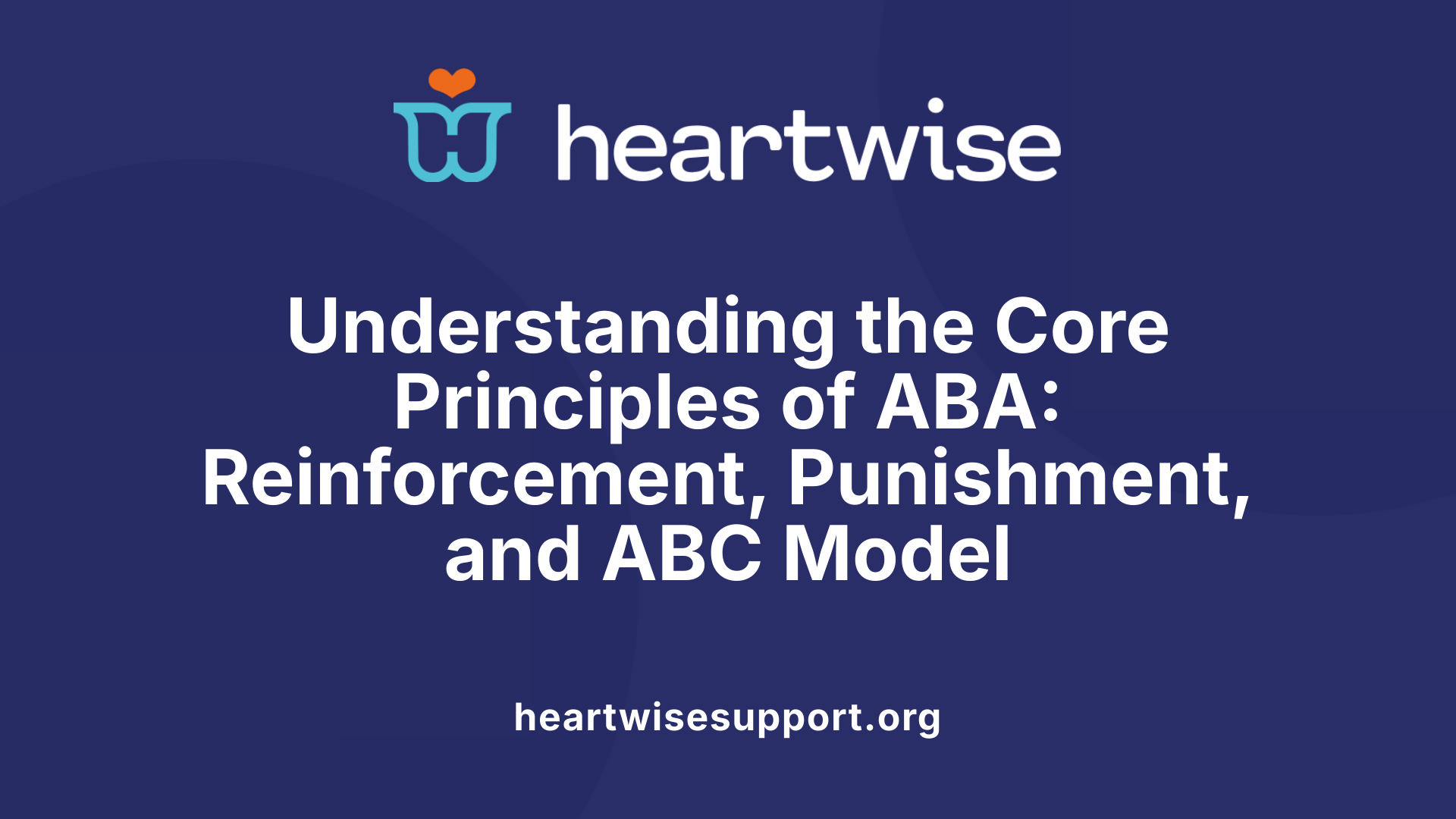
What are the fundamental principles and concepts of applied behavior analysis (ABA)?
Applied Behavior Analysis (ABA) is a scientific approach focused on understanding how learning occurs through environmental influences. Its core principles include reinforcement, punishment, and antecedent modifications.
Reinforcement involves providing positive consequences after a behavior to increase its occurrence. For example, rewarding a child for saying thank you encourages future social interactions. Conversely, punishment aims to decrease undesirable behaviors by applying negative consequences.
A central idea in ABA is the manipulation of antecedents—events or conditions that happen before a behavior—to promote or discourage specific actions. Adjusting these antecedents can make desired behaviors more likely to occur.
The ABC model is fundamental to ABA: it stands for Antecedents, Behavior, and Consequences. This model helps analyze why a behavior happens and how to change it. By examining what triggers a behavior (antecedents), the behavior itself, and what follows it (consequences), practitioners can develop effective intervention strategies.
Another important aspect of ABA is creating individualized programs. These are based on thorough assessments of the person’s skills, interests, and needs. Goals are set to promote meaningful improvements, such as communication or social skills. Ongoing data collection allows for tracking progress and adjusting strategies accordingly.
Overall, ABA’s main aim is to foster positive, functional behaviors while reducing harmful or disruptive ones. This approach is evidence-based, flexible, and adaptable to various populations, including children with autism and individuals with other learning challenges.
The Relationship Between ABA and Positive Behavior Support (PBS)
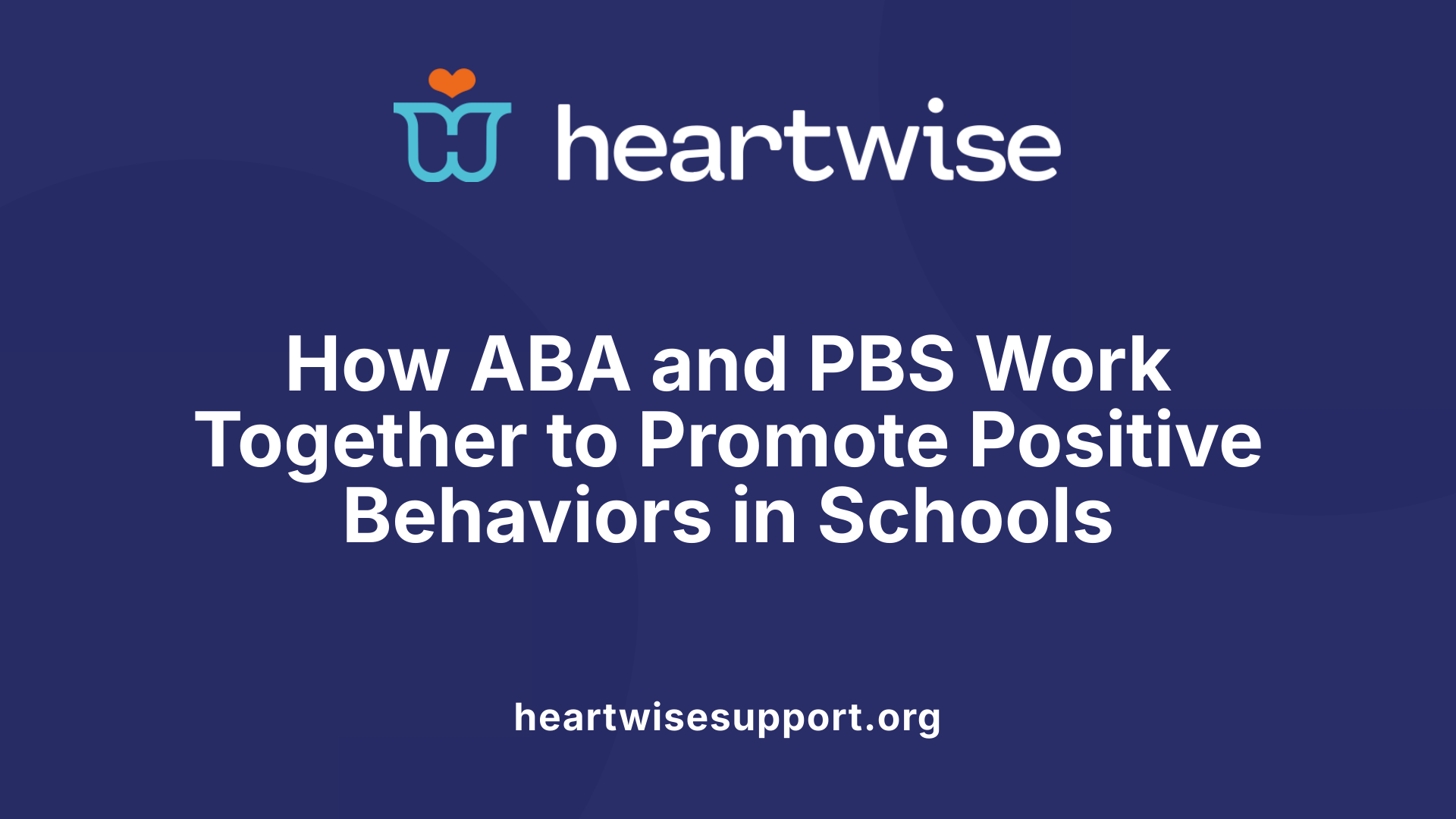
What is positive behavior support (PBS) and how does it relate to ABA?
Positive Behavior Support (PBS) is an approach rooted in the principles of applied behavior analysis (ABA) that aims to enhance quality of life and promote positive behaviors. It focuses on understanding the environmental and situational contexts that influence behavior, and then redesigning these environments to support desired outcomes.
PBS employs many of the same techniques as ABA, such as reinforcement, environmental adjustments, and data-driven assessments. This scientific approach proactively prevents challenging behaviors by changing antecedent conditions and teaching new, functional skills.
While some see PBS primarily as a service delivery model or application of ABA specific to educational and community settings, others consider it a distinct philosophy emphasizing person-centered, individualized support that aligns with core ABA practices.
Both approaches share a common focus on meaningful, lasting behavioral change, generalization across environments, and improving overall well-being. However, PBS often places more emphasis on systemic, environmental strategies, alongside direct behavioral interventions.
In educational contexts, this synergy supports not only individual skill development but also the cultivation of a positive, inclusive school climate. As a result, PBS and ABA often work hand-in-hand to create supportive, behaviorally enriching environments that prioritize respect, dignity, and personal growth.
Strategies and Techniques of ABA in Schools

How can ABA strategies be used in educational settings to promote positive behavior?
Applied Behavior Analysis (ABA) offers a variety of strategies that can be effectively integrated into school environments to foster positive behaviors and support student learning. Utilizing structured interventions like positive reinforcement, discrete trial training (DTT), and the use of visual prompts helps create an environment conducive to both behavioral and academic growth.
Positive reinforcement involves rewarding students immediately after they demonstrate a desired behavior. This encourages repetition of the behavior and helps develop lasting positive habits. For example, praising a student for using appropriate communication or completing a task promotes continued use of those skills.
Discrete Trial Training (DTT) is a systematic approach that breaks down complex skills into small, manageable steps. It involves clear instructions, specific prompts, and immediate feedback. Teachers use DTT to teach new skills through repeated trials, gradually increasing difficulty as the student masters each step.
Natural Environment Teaching (NET) focuses on teaching skills in everyday settings, utilizing naturally occurring opportunities. This method emphasizes using student interests and spontaneous interactions to promote learning naturally, which is especially effective in developing functional communication and social skills.
Visual aids and prompts, such as picture cards, schedules, and visual cues, serve as helpful supports that enhance understanding and independence. These tools can guide students in completing tasks, following routines, or initiating communication.
Behavioral assessment tools, including Functional Behavior Assessments (FBA) and Behavior Intervention Plans (BIP), are essential for understanding why certain behaviors occur. They help identify triggers and consequences, allowing educators to design targeted strategies that foster positive behaviors while reducing challenging ones.
Implementing these ABA techniques requires coordination among teachers, therapists, and families to ensure consistency and individualization. Regular progress monitoring ensures that interventions remain effective and tailored to each student's evolving needs.
In conclusion, by applying these proven ABA strategies—positively reinforcing desired behaviors, systematically teaching skills through DTT and NET, utilizing visual supports, and employing behavioral assessments—schools can significantly improve students' social interactions, communication, and overall engagement. This comprehensive approach helps create a supportive and inclusive learning environment where students with autism and other disabilities can thrive.
Implementation of ABA-Based Interventions in Schools

What are effective ABA-based interventions used in schools, including school-wide approaches?
Effective ABA strategies in educational settings involve a combination of personalized assessments and structured programs that promote positive behaviors. One of the foundational tools is the Functional Behavior Assessment (FBA), which helps identify the reasons behind challenging behaviors by analyzing antecedents and consequences.
Once the FBA provides insights, Behavior Intervention Plans (BIPs) are developed. These plans specify tailored interventions and strategies designed to reduce problematic behaviors and foster skill development, aligned with the student’s unique needs.
In addition to individual plans, school-wide approaches like Positive Behavioral Interventions and Supports (PBIS) are grounded in ABA principles. PBIS creates a positive school climate by establishing clear expectations, rewarding positive behaviors, and preventing disruptions, thus benefiting all students.
Implementing targeted ABA techniques such as Discrete Trial Training (DTT) and Natural Environment Teaching (NET) allows educators to focus on developing communication, social, and daily living skills in natural settings. DTT involves breaking skills into small, manageable steps with clear instructions, prompts, and feedback. Conversely, NET emphasizes teaching in everyday environments and engaging students through their interests.
Progress tracking through consistent data collection is essential to monitor student development and respond to needs promptly. This data informs ongoing adjustments to interventions and ensures they are effective.
Effective school ABA implementation relies heavily on a collaborative team approach. BCBAs, teachers, speech therapists, families, and school staff work together to design, deliver, and refine strategies. Regular meetings ensure alignment, sharing of progress, and adaptations as necessary.
Professional training for educators and staff is vital. This includes understanding ABA principles, using reinforcement techniques, and maintaining fidelity to approved intervention procedures. Family involvement also plays a crucial role, providing consistency between home and school environments.
Emerging technologies and software are increasingly integrated into ABA practices, facilitating real-time data collection and analysis, enhancing intervention precision, and supporting remote training.
In conclusion, implementing ABA in schools requires a comprehensive, collaborative effort supported by continuous data-driven adjustments and staff development. When executed effectively, it significantly improves student behavior, communication skills, and academic engagement.
Benefits and Evidence Supporting ABA in Education
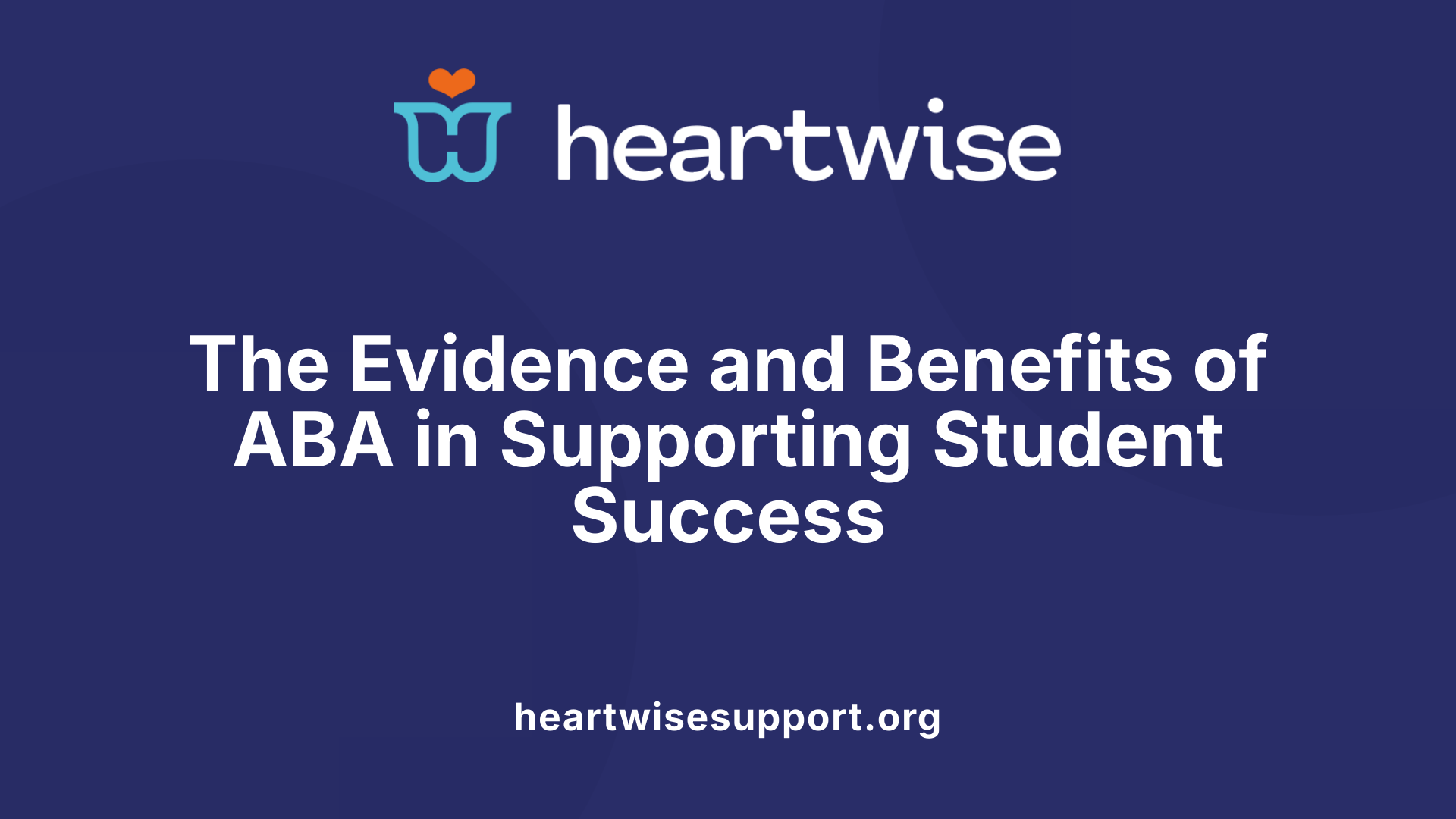
What are the benefits and evidence supporting the use of ABA in educational settings?
Applied Behavior Analysis (ABA) is widely recognized as a scientifically supported approach for supporting children with autism spectrum disorder (ASD) in educational environments. It employs data-driven strategies like positive reinforcement, task analysis, and naturalistic teaching methods to improve various skills.
Research consistently demonstrates that ABA can lead to substantial improvements in social skills, communication abilities, and daily living tasks. For example, many studies show that children who receive ABA therapy exhibit better language development, increased independence, and more positive social interactions.
One significant benefit of ABA in schools is its ability to reduce problematic behaviors. Through tailored interventions such as Functional Behavior Assessments (FBA) and Behavior Intervention Plans (BIP), disruptive behaviors can often be minimized, creating a more conducive learning environment.
Academic outcomes also tend to improve with ABA strategies. Techniques such as Discrete Trial Training (DTT) and Natural Environment Teaching (NET) help children learn specific skills in structured or natural settings, leading to higher engagement and better curriculum access.
Numerous research studies, including large systematic reviews and meta-analyses, support the effectiveness of ABA. These reviews report medium to large effect sizes across diverse students and settings, confirming that individualized ABA programs can make meaningful differences.
Legal and ethical frameworks, such as the Individuals with Disabilities Education Act (IDEA), endorse the use of evidence-based practices like ABA for qualifying children with disabilities. Proper training for educators and adherence to standardized protocols ensure therapy fidelity, maximizing positive outcomes.
Overall, ABA's structured, reinforcement-based approach provides a proven framework for fostering essential skills, reducing behaviors that interfere with learning, and enhancing the overall educational experience for students with ASD.
Communicating ABA Strategies to Educators and Stakeholders

How do educators communicate ABA strategies to staff and stakeholders?
Effective communication of ABA strategies in school settings is vital for ensuring consistency and success in supporting students with autism and other disabilities. Educators use multiple approaches to share these strategies.
One of the primary methods is through comprehensive staff training and ongoing professional development. This includes modeling ABA techniques, explaining their rationale, and demonstrating how to implement specific interventions. Training sessions often involve role-playing, visual aids, and guided practice to reinforce understanding.
Clear documentation plays a crucial role. Educators create detailed behavior plans—such as Behavior Intervention Plans (BIPs)—which outline targeted interventions, goals, and data collection methods. These documents serve as reference points that everyone can consult to maintain consistency.
Visual supports and progress reports further facilitate communication. Visual tools like charts, schedules, and visual cues help both staff and students understand expectations and strategies. Regular reports on progress provide data-driven updates, helping stakeholders see the impact of interventions and make necessary adjustments.
Involving all stakeholders—teachers, therapists, family members, and administrators—is essential. Regular meetings and collaborative discussions ensure everyone understands the strategies, shares observations, and aligns efforts. This collaboration builds a unified approach and fosters mutual trust.
Maintaining transparent, professional, and respectful communication supports clarity and confidence among team members. Timely follow-up conversations, consistent documentation, and open channels of communication help address challenges promptly and adapt interventions as needed.
Overall, the key to successful communication lies in making complex ABA strategies accessible, ensuring they are understood, and fostering a cooperative environment focused on student success.
Creating ABA-Friendly Classrooms and Supporting a Positive Learning Environment
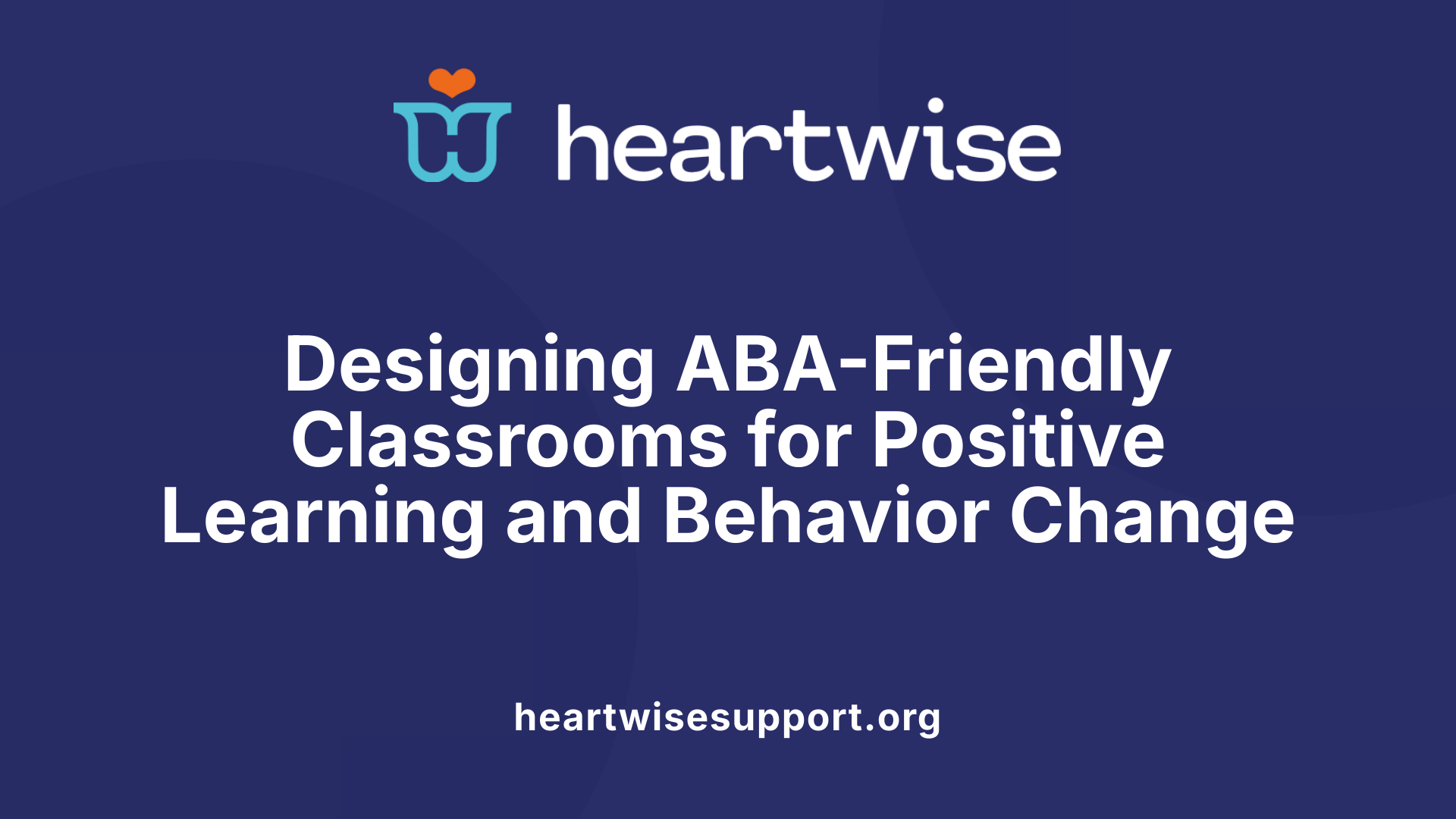
What is an ABA classroom, and how does it support student behavior and learning?
An ABA classroom is a specially designed educational setting that incorporates the principles of Applied Behavior Analysis (ABA) to enhance student behavior and learning outcomes. These classrooms are structured with clear routines and expectations, providing a consistent and predictable environment for students. They utilize interventions such as positive reinforcement, visual supports, and data collection to track progress effectively.
In these classrooms, programs are highly individualized, tailored to meet each student's unique needs based on comprehensive assessments. Qualified behavior analysts and trained staff oversee the curriculum, ensuring that evidence-based practices are applied consistently. The primary goal is to foster socially meaningful skills like improved communication, social interactions, and academic performance, especially for students with autism spectrum disorder (ASD) or other disabilities.
Continuous data collection and collaboration between teachers, therapists, and parents are vital components. This ongoing process allows for the timely adjustment of strategies, ensuring interventions remain effective and aligned with each student's development. Altogether, ABA classrooms support positive behavior change and facilitate learning in a safe, consistent environment.
Fostering Positive Behaviors and Overcoming Challenges
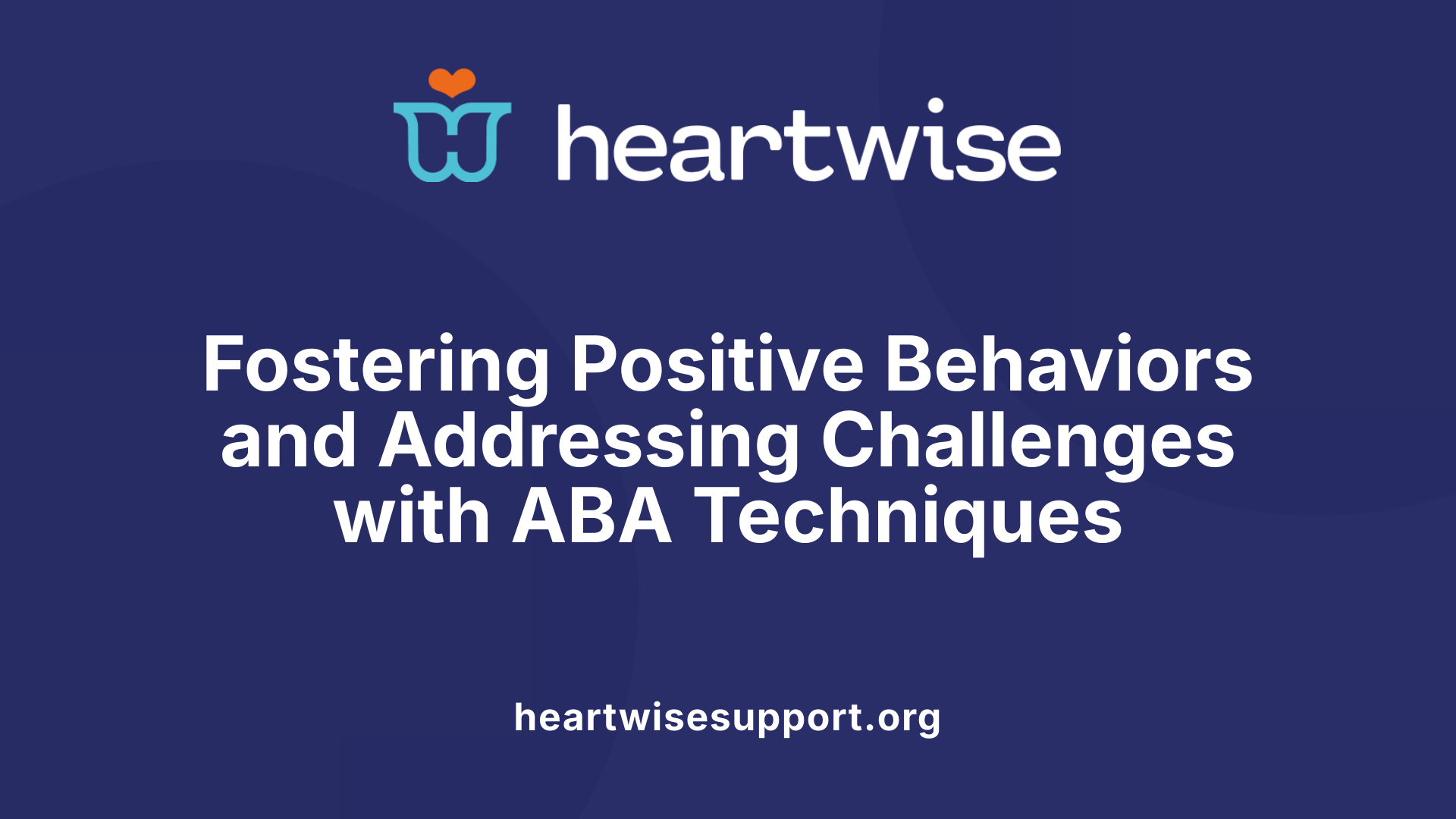
How does ABA promote positive behaviors?
Applied Behavior Analysis (ABA) encourages behaviors like consistent engagement in learning activities, effective communication, and socially appropriate interactions. By breaking down complex skills into manageable steps, ABA enables children to develop independence through targeted teaching and reinforcement.
Strategies such as establishing predictable routines and visually clear expectations help create a supportive environment. Positive reinforcement, where desirable behaviors are rewarded, motivates children to repeat these behaviors. Role models and peer interactions further reinforce social skills.
In educational settings, ABA also focuses on improving social culture by integrating positive behavior support strategies at the individual, class, and whole-school levels. This comprehensive approach fosters an environment where positive behaviors are consistently encouraged, contributing to children’s growth, learning, and social integration.
How do positive reinforcement techniques work?
Positive reinforcement involves rewarding specific behaviors to increase their likelihood of recurrence. For example, verbal praise, tokens, or small rewards are used to acknowledge a child's efforts.
Common reinforcement methods include providing immediate feedback, using preferred items as incentives, and gradually fading rewards to encourage intrinsic motivation. These techniques are tailored to each child's preferences and needs, making learning engaging and effective.
How can ABA address cultural and individual differences?
ABA programs are customized to respect each child's unique background, culture, and personal interests. By conducting thorough assessments, therapists identify individual preferences, communication styles, and family values.
This personalized approach ensures that strategies like visual aids, language use, and social interactions are culturally appropriate and meaningful. Family involvement is crucial for adapting techniques that foster positive behaviors while honoring individual diversity.
How does ABA respond to criticisms and ensure responsiveness?
While ABA has proven effectiveness, it also faces criticism regarding its intensity and focus on behavior modification. To address these concerns, modern ABA emphasizes a balanced approach, incorporating child-led interests, play, and social-emotional learning.
Practitioners prioritize ethical considerations, consent, and the child's comfort. Regular monitoring, data collection, and collaboration with families and educators ensure that programs are responsive and continuously improved.
How does ABA support children’s independence?
ABA techniques aim to equip children with skills that promote autonomy. Through structured learning, children gain communication abilities, self-management skills, and problem-solving strategies.
For example, teaching via natural environment teaching (NET) allows children to learn in real-life contexts, boosting confidence and functional skills. Reinforcing successful attempts and providing opportunities for choice further foster independence, empowering children to participate actively in their daily lives.
Addressing Criticisms and Ensuring Culturally Responsive Practices
While Positive Behavior Support (PBS) and the broader PBIS framework have shown significant benefits in promoting positive student behaviors and a supportive school climate, they are not without criticism. One common concern involves cultural insensitivity.
Critics argue that some practices within PBIS may unintentionally reflect predominantly Eurocentric norms, potentially disregarding the diverse cultural backgrounds of students. This can lead to feelings of exclusion or unfair treatment for students from different cultural or social communities.
Another issue centers around data collection methods. Often, these focus heavily on tracking maladaptive behaviors and discipline outcomes rather than emphasizing the promotion of positive behaviors and student well-being. This narrow focus can potentially reinforce negative perceptions or punishments instead of encouraging growth.
Furthermore, there is a concern that if PBIS is not implemented thoughtfully, it could reinforce punitive or exclusionary practices, undermining its intention to foster a supportive and inclusive environment.
To counter these challenges, educational practitioners advocate for integrating culturally responsive strategies into PBIS. This involves recognizing and respecting the cultural diversity of students, involving families and communities in decision-making processes, and emphasizing positive, natural reinforcements over punitive measures.
Efforts are ongoing to adapt policies and practices to be more inclusive. These include expanding the scope of PBIS to address social-emotional and mental health needs comprehensively and prioritizing restorative approaches that focus on repairing relationships and understanding rather than punishment.
By actively addressing these criticisms, schools can enhance the effectiveness of PBS and PBIS, ensuring they serve all students fairly and promote a truly inclusive educational environment.
Building a Foundation for Lasting Change in Schools
The strategic application of ABA concepts and techniques in educational settings provides a robust framework for promoting positive behaviors, fostering inclusive classroom environments, and supporting the diverse needs of students. By integrating research-backed practices such as PBIS and emphasizing collaboration among educators, families, and behavioral specialists, schools can create sustainable pathways for behavioral growth and academic success. As ongoing innovations and cultural responsiveness improve these strategies, the vision of supportive, engaging, and equitable learning environments becomes increasingly attainable.
References
- How ABA Interventions Promote Positive Behavior
- School-Based ABA Therapy: Boosting Learning and Behavior
- Positive Behavior Interventions and Supports in Schools
- Effective School-Based ABA Techniques for Every Child
- School-wide PBIS: An Example of Applied Behavior Analysis ...
- ABA and School Readiness: Building Positive Behavior - AutismCOE
- Applied Behavior Analysis (ABA) | Autism Speaks











